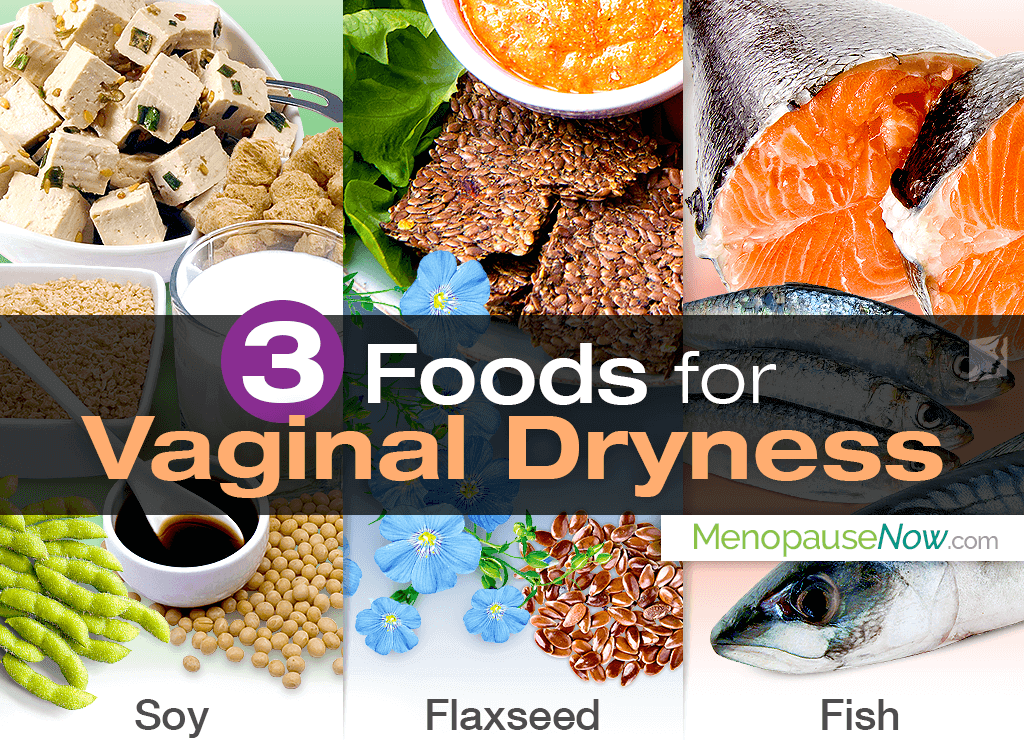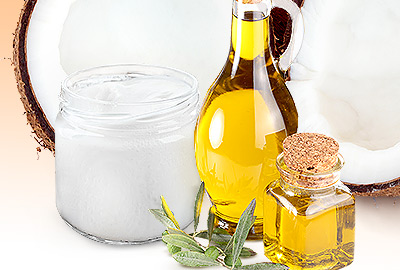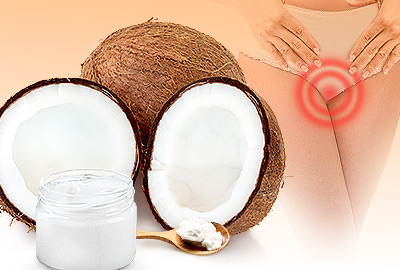Vaginal dryness is a common symptom of menopause, experienced by up to 50% of aging women beyond their fertile years.1 To start with the safest treatments and avoid unnecessary side effects of medications, women can load up on various foods and restore vaginal lubrication naturally.
Keep on reading to discover the best foods for vaginal dryness and improved lubrication that will make your intimate discomforts more manageable.
Soy
Soy is rich in phytoestrogens (a plant-based form of estrogen) called isoflavones. Phytoestrogens have been scientifically proven to have a positive effect on vaginal health and dyspareunia in peri- and postmenopausal women.2 Moreover, because these plant-based estrogens fill the hormonal gap in the body, they can simultaneously help women cope with other symptoms, like hot flashes and night sweats.
Soy is made into a number of products, including soymilk, tofu, roasted soy nuts, soybeans, and even meat and dairy substitutes such as soy sausage, soy cheese, and soy ice cream.
Flaxseed
Flaxseed is rich in phytoestrogens and high in omega-3 fatty acids. Similar to soy, not only will their phytoestrogens increase estrogen levels to combat vaginal dryness, but they will also relieve other menopausal symptoms. Furthermore, flax has been found to lower LDL (bad cholesterol), a bonus for menopausal women whose estrogen deficiency can compromise cardiovascular health.3
Purchase it at most food stores. For improved absorption, grind it up and sprinkle it on cereal, smoothies, yogurt, oatmeal, or anything else you can think of.
Fatty Fish
Much like flaxseed, many kinds of fatty fish are rich in omega-3 fatty acids, which have been scientifically found to play an integral role in relieving vaginal atrophy in postmenopausal women.4 While fish oil capsules are available in most health stores, it's always better to simply incorporate fish into your diet by consuming salmon, albacore tuna, mackerel, herring, or sardines.
Conclusions
Although a healthy menopause diet with the aforementioned foods can help ease the symptoms and discomforts of vaginal dryness, severe cases may require additional care. Read more about vaginal dryness treatments that combat the symptom through various alternative and pharmaceutical methods, most of which are oriented towards restoring hormonal balance and helping women live a symptom-free life!
Sources
- American Heart Association. (2017). Fish and Omega-3 Fatty Acids. Retrieved November 13, 2019, from https://www.heart.org/en/healthy-living/healthy-eating/eat-smart/fats/fish-and-omega-3-fatty-acids
- Khanjani, S. & Panay, N. (2019). Vaginal estrogen deficiency. The Obstetrician & Gynaecologist, 21, 37-42. doi: 10.1111/tog.12539
- Lee, H. et al. (2014). Expression of Ezrin in Vagina Cells of Postmenopausal Rats after Dietary Administration of Omega-3 Fatty Acid Formula. Journal of Menopause Medicine, 20(3), 97-103. doi: 10.6118/jmm.2014.20.3.97
Footnotes:
- Harvard Health Publishing. (2019). Don't ignore vaginal dryness and pain. Retrieved February 24, 2020 from https://www.health.harvard.edu/womens-health/dont-ignore-vaginal-dryness-and-pain
- Dizavandi, F.R. et al. (2019). An overview of the phytoestrogen effect on vaginal health and dyspareunia in peri- and post-menopausal women. Post Reproductive Health, 25(1), 11-20. doi: 10.1177/2053369118823365
- Mayo Clinic. (2019). Flax and flaxseed oil. Retrieved February 24, 2020 from https://www.mayoclinic.org/drugs-supplements-flaxseed-and-flaxseed-oil/art-20366457
- Larmo, P.S. et al. (2014). Effects of sea buckthorn oil intake on vaginal atrophy in postmenopausal women: A randomized, double-blind, placebo-controlled study. Maturitas, 79(3), 316-321. Doi: 10.1016/j.maturitas.2014.07.010




